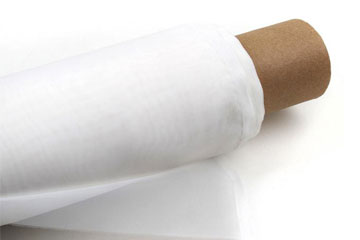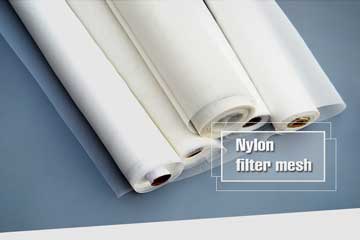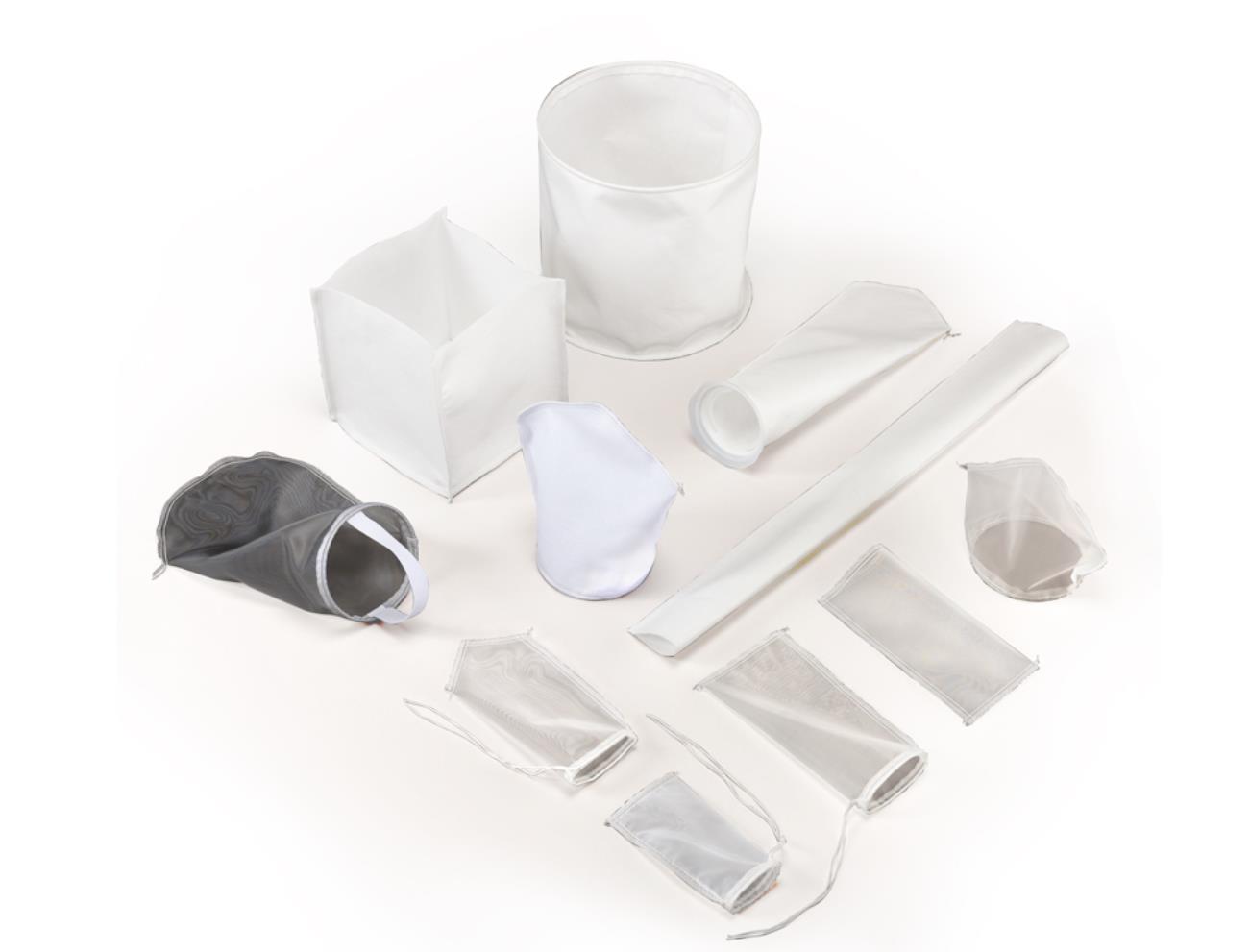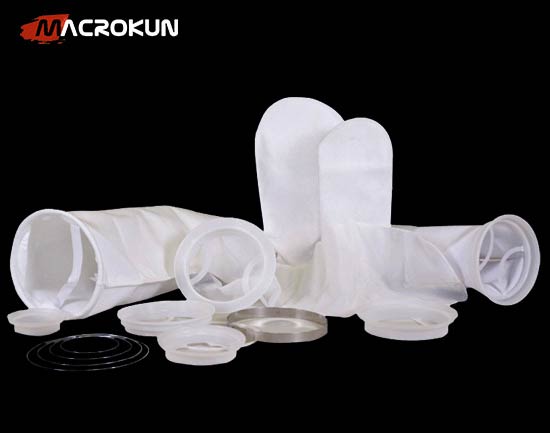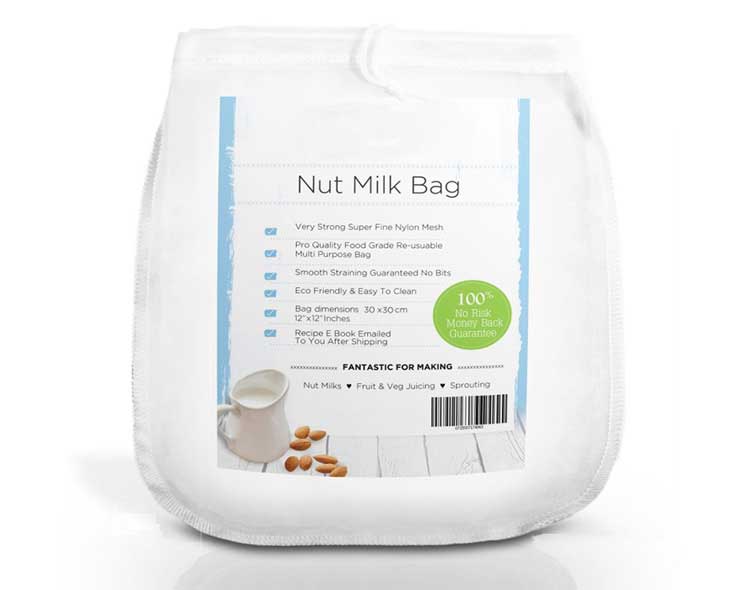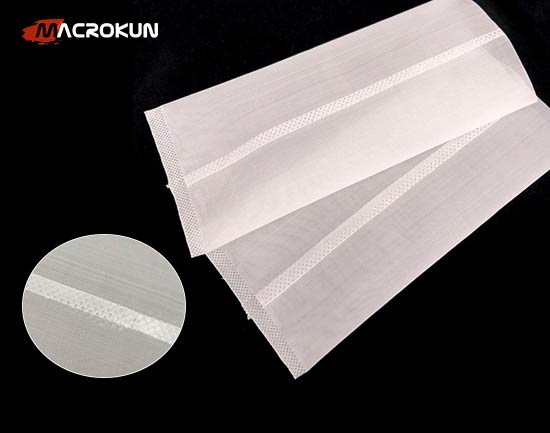Achieve Ultimate Chemical Resistance with Teflon® Felt Liquid Filter Bags
Investing in Teflon® felt filter bags equips your operation to handle the toughest process conditions—ensuring fluid clarity, protecting critical assets, and maintaining the highest standards of purity and reliability.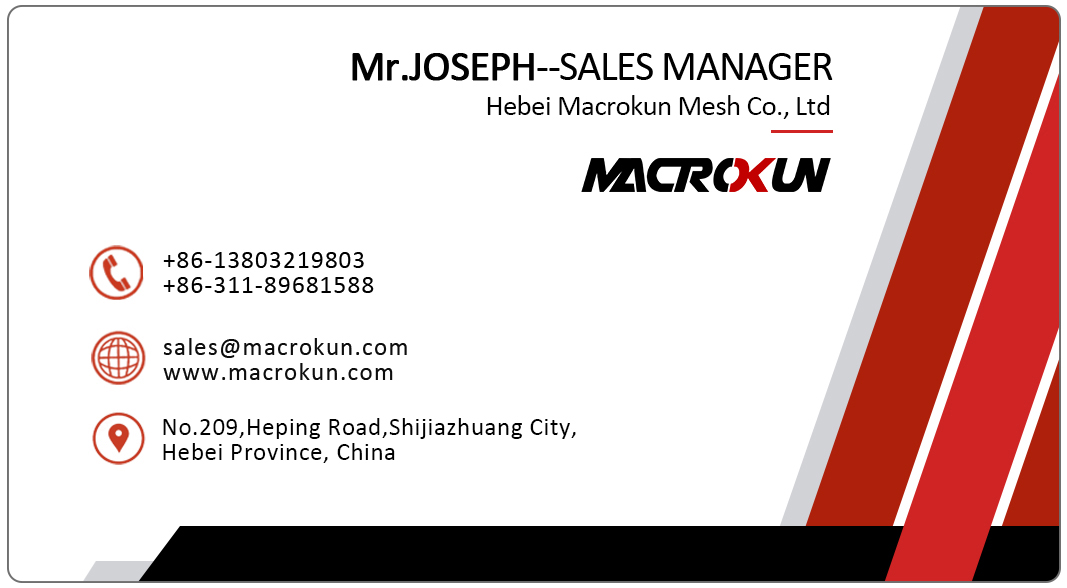
When your process streams demand the highest levels of chemical compatibility, temperature tolerance, and fine‑particle retention, Teflon® felt liquid filter bags stand in a class of their own. Engineered from pure polytetrafluoroethylene (PTFE) fibers, these depth‑filtration bags deliver exceptional resistance to aggressive acids, solvents, and caustic solutions, while maintaining consistent, nominal micron ratings. Whether you operate a semiconductor rinse loop, a harsh‑chemical reactor, or a food‑grade extraction process, understanding and deploying Teflon® felt filter bags ensures reliable performance, minimal downtime, and uncompromised product quality.
This comprehensive guide—structured as market overview, product fundamentals, key features, selection advice, maintenance tips, reasons to choose our Teflon® bags, illustrative use cases, and actionable next steps—will equip you to harness the full potential of Teflon® felt liquid filter bags in your most demanding applications.
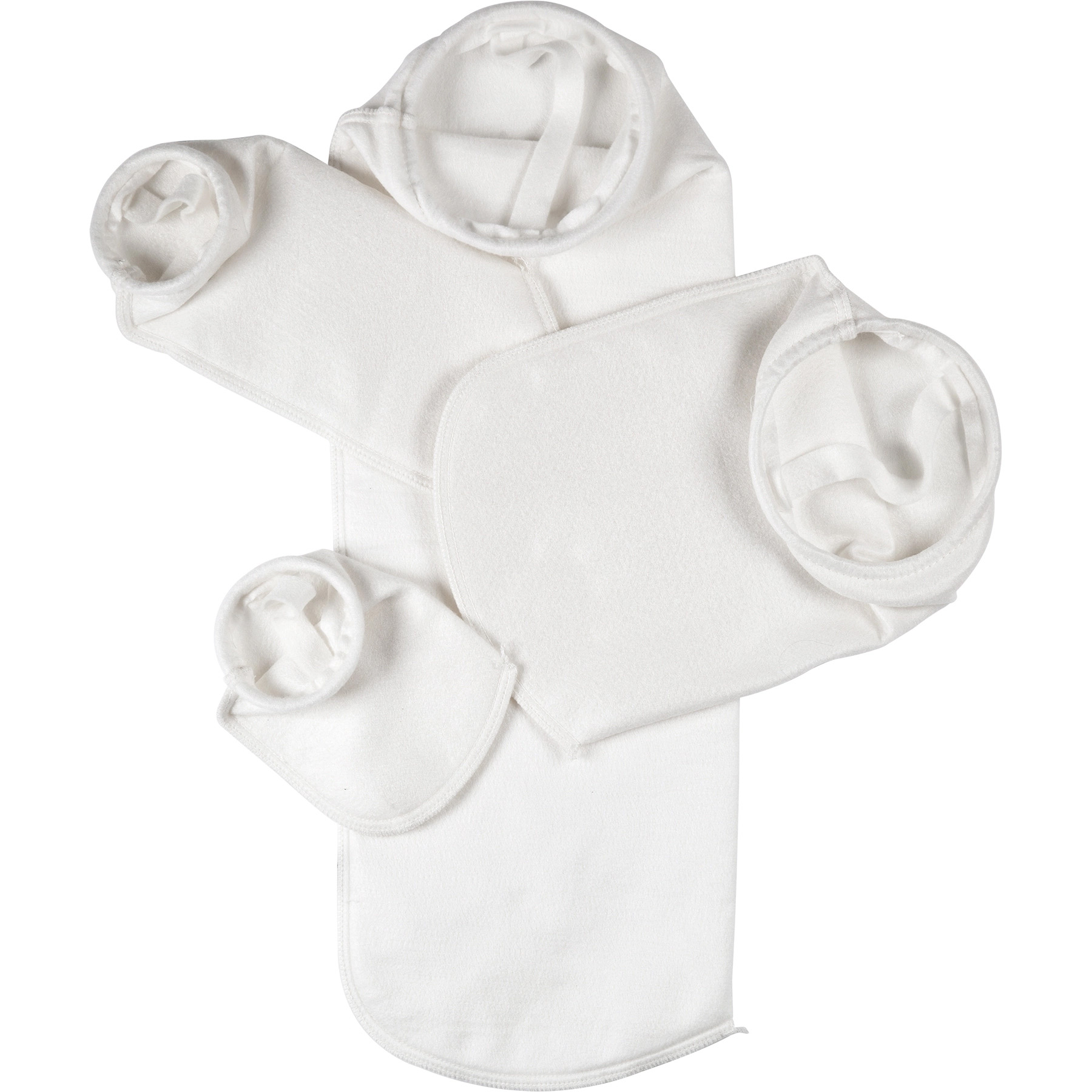
Market Overview: Why PTFE Felt Bags Are Essential
Across industries, fluid‑filtration requirements have grown more stringent:
-
Ultra‑Harsh Chemistries
Strong acids (e.g., nitric, sulfuric), caustic solutions (e.g., sodium hydroxide), and aggressive solvents (e.g., ketones, chlorinated hydrocarbons) attack most polymers. Only PTFE stands up to the full pH range (0–14) and temperatures up to 500 °F without degradation. -
Fine‑Particle Control
Removing sub‑visible particles (1–50 µm) is critical for semiconductor manufacturing, pharmaceutical intermediates, and specialty coatings. Teflon® felt bags provide depth‑filtration with consistent nominal ratings as fine as 0.5 µm. -
High‑Temperature Operations
Many processes require filtration at elevated temperatures—high‑solids polymer melts, hot acid etch baths, or steam‑sterilized streams. PTFE felt retains its fiber structure and filtration characteristics across wide temperature ranges. -
Food & Beverage and Biotech
Beyond chemical plants, PTFE’s inertness and FDA‑compliance make it ideal for brewery bright tanks, flavor extraction, and aseptic filtration, ensuring no leachable contaminants. -
Regulatory & Safety Demands
Stringent regulations in pharmaceuticals, environmental discharge, and food processing demand materials that do not shed fibers or leach extractables—PTFE felt meets these criteria.
These factors explain why organizations turn to Teflon® felt liquid filter bags when reliability and chemical integrity are non‑negotiable.
Understanding Teflon® Felt Liquid Filter Bags
A Teflon® felt liquid filter bag is a cylindrical filter element composed of multiple layers of high‑loft PTFE fibers. Unlike woven or monofilament media, felted PTFE fibers create a depth‑filtration matrix, trapping particles throughout the media thickness. Key design elements include:
-
PTFE Felt Media
Engineered fiber diameter and loft deliver consistent nominal micron ratings (0.5 µm to 200 µm), with absolute ratings available for critical applications. -
Bag Dimensions
Standard sizes (Size 1, Size 2, Size 3) fit common housings:-
Size 1: 3.5″ × 10″ or 20″
-
Size 2: 4″ × 10″ or 20″
-
Size 3: 7″ × 32″ or 20″
-
-
Closure Styles
Buna‑N, Viton®, or PTFE‑encapsulated O‑rings; F‑flange, V‑flange, or snap‑band collars for secure housing seals. -
Seam Construction
Ultrasonic welding or high‑temperature PTFE‑compatible threads produce leak‑free seams that withstand differential pressures up to 75 psi.
Fluid passes from the outside of the bag through the PTFE felt into the interior, capturing particles within the media depth and protecting downstream components.
Key Features of Teflon® Felt Filter Bags
When evaluating PTFE felt bags, these attributes are paramount:
1. Unmatched Chemical & Thermal Resistance
-
Full pH Range: Stable in pH 0–14 environments, unaffected by strong acids, bases, and oxidizers.
-
High‑Temperature Tolerance: Continuous operation up to 500 °F; intermittent exposure even higher.
2. Depth‑Filtration Efficiency
-
Multiple Nominal Ratings: From 0.5 µm for sterile clarification to 200 µm for bulk solids removal.
-
Absolute Options: Fabrication and validation deliver ≥99.9% retention at rated sizes for ultra‑critical processes.
3. Superior Dirt‑Holding Capacity
-
High‑Loft Fiber Matrix: Large surface area and depth capture a broad particle distribution, extending service life.
-
Low Initial ΔP: Even at fine ratings, engineered media minimizes pressure drop, preserving pump performance.
4. Inert, Non‑Leaching Media
-
No Additives or Binders: PTFE felt contains no resins or surfactants, ensuring extractable and particulate levels meet stringent specifications.
-
FDA & USP Compliance: Suitable for food, beverage, and pharmaceutical applications.
5. Robust Construction
-
Ultrasonic Welds: Seamless construction eliminates stitch‑hole bypass; retains structural integrity under stress.
-
Reinforced Collars: Rigid flanges resist deformation, ensuring a reliable housing seal.
6. Reusable & Autoclavable Options
-
Backwashable Media: Fine particles trapped within can be dislodged with gentle cleaning cycles in compatible processes.
-
Steam‑Sterilizable: Certain bag constructions endure standard steam‑in‑place (SIP) and autoclave protocols.
These features combine to deliver consistent, reliable filtration in the harshest process conditions.
Choosing the Right Teflon® Felt Bag
To select the optimal PTFE felt filter bag, align media characteristics with your process parameters:
A. Determine Micron Rating & Efficiency
-
Bulk Solids Protection: 50–200 µm nominal for large particulates in cooling towers or washdown.
-
Fine Clarification: 1–10 µm nominal for chemical intermediates, paint lines, or brewery bright tanks.
-
Sterile Filtration: 0.5–1 µm absolute for pharmaceutical media preparations or beverage sterilization.
B. Match Bag Size & Housing
-
Size 1 or 2: For flow rates up to 15–30 GPM per bag in smaller vessels.
-
Size 3: Ideal for large recirculation loops or high‑volume transfer lines up to 100 GPM per bag.
C. Select Closure & Seal Material
-
Buna‑N or EPDM: General‑purpose compatibility.
-
Viton®: Enhanced chemical resistance for oils, solvents, and steam.
-
PTFE Encapsulated: Maximum chemical inertness for aggressive streams.
D. Consider Reuse & Cleaning
-
Single‑Use: Disposable PTFE bags for absolute cleanliness and contamination control.
-
Reusable: Where cost and waste reduction matter, validate backflush or in‑place cleaning protocols.
E. Evaluate Operating Conditions
-
Temperature: Confirm bag media and seals tolerate process temperatures and cleaning cycles.
-
Differential Pressure: Ensure housing and bag withstand the maximum ΔP anticipated, including surge conditions.
By matching micron rating, size, collar type, and service mode, you optimize performance, cost, and system integrity.
Maintenance and Best Practices
Implement these best practices to maximize PTFE bag performance:
1. Monitor Differential Pressure
-
Gauges: Install ΔP gauges across housings; rising ΔP signals element fouling—change or clean before ΔP exceeds 25 psi.
2. Changeout & Cleaning Procedures
-
Disposable Bags: Replace at established ΔP or time intervals; follow cleanroom or sanitary protocols as needed.
-
Reusable Bags: Backflush with compatible fluids, then steam‑sterilize or chemically sanitize; inspect for integrity before reusing.
3. Housing & Seal Inspection
-
O‑Ring/Gasket Care: Regularly inspect and replace seals to maintain leak‑free operation.
-
Housing Clean‑In‑Place (CIP): Periodically clean housing internals to remove settled solids and biofilms.
4. Proper Disposal or Recycling
-
Hazardous Streams: Dispose PTFE felt per environmental regulations; coordinate with licensed waste handlers.
-
Non‑Hazardous: Some PTFE materials can be recycled; consult local programs.
5. Documentation & Traceability
-
Lot Tracking: Record bag lot numbers for process validation and troubleshooting.
-
Performance Logs: Track service life, ΔP trends, and cleaning cycles to optimize replacement schedules.
Adhering to these practices prolongs bag life, ensures regulatory compliance, and protects your processes.
Why Choose Our Teflon® Felt Filter Bags
Our Teflon® felt liquid filter bags excel through:
Premium PTFE Felt Media
-
High‑Purity Fibers: Continuous‑filament PTFE with no binders or extractables.
-
Consistent Nominal & Absolute Ratings: Guaranteed performance across each production lot.
Exceptional Construction
-
Ultrasonic Welds: Seamless bag bodies eliminate bypass and fiber migration.
-
Reinforced Collars: Rigid, chemical‑resistant F‑flange or V‑flange designs ensure perfect housing seals.
Broad Chemical & Thermal Compatibility
-
pH 0–14 Resistance
-
Continuous Use up to 500 °F
-
Steam & Solvent Survivability
Size & Configuration Flexibility
-
Standard Sizes: Size 1, 2, and 3 lengths to suit flow requirements.
-
Custom Options: Specialty lengths, collar types, and FDA‑compliant constructions available.
Reusable & Disposable Lines
-
Reusable Models: Validated for multiple cleaning and sterilization cycles.
-
Disposable Economy: Single‑use for absolute cleanliness and simplified changeouts.
Rigorous Quality Assurance
-
Tested for Extractables, Particle Shedding, & Retention Efficiency
-
Batch‑Verified for Dimensional Tolerance & ΔP Performance
By choosing our Teflon® felt filter bags, you invest in filtration elements that protect your capital equipment, preserve product quality, and minimize operational interruptions in the harshest environments.
Illustrative Use Cases
Use Case 1: Semiconductor Process Baths
A microelectronics fab filters aggressive etch solutions at 150 °F. Teflon® felt bags at 5 µm nominal remove particulate contamination, protecting PVD chambers and improving wafer yield.
Use Case 2: Pharmaceutical API Clarification
An API producer uses 1 µm absolute PTFE bags to remove sub‑micron precipitates before final sterile filtration. The no‑fiber‑shedding media maintains purity and passes regulatory audits.
Use Case 3: Specialty Coatings Manufacture
A paint line filters solvent‑based dispersions through 25 µm PTFE felt bags. High flow rates and chemical inertness reduce downtime and prevent polymer degradation.
Use Case 4: Steam‑Sterilized Beverage Lines
A brewery employs 0.5 µm PTFE bags for sterile beer transfer. Bags withstand repeated SIP cycles at 250 °F, ensuring microbial control and product consistency.
These examples showcase the versatility and critical advantages of Teflon® felt bags across demanding applications.
Summary and Next Steps
Teflon® felt liquid filter bags deliver unmatched chemical resistance, thermal stability, and precise depth‑filtration for industries where ordinary media fail. By selecting the correct micron rating, bag size, collar style, and maintenance strategy, you unlock reliable, high‑integrity filtration that safeguards downstream equipment, preserves product purity, and minimizes downtime.
Next Steps:
-
Evaluate Your Filtration Requirements: Define chemical compatibility, temperature, solids profile, and desired clarity.
-
Select the Appropriate Bag: Choose from 0.5 µm to 200 µm nominal or absolute PTFE felt, in Size 1–3 and the collar style that fits your housing.
-
Establish Maintenance Protocols: Implement ΔP monitoring, cleaning or replacement schedules, and proper sterilization or disposal procedures.
-
Optimize Your Filter Train: Position Teflon® felt bags as pre‑filters or polishing stages to extend life of downstream cartridges or membranes.
-
Measure Performance Gains: Track equipment uptime, filter consumption, and product quality metrics to quantify ROI.
Investing in Teflon® felt filter bags equips your operation to handle the toughest process conditions—ensuring fluid clarity, protecting critical assets, and maintaining the highest standards of purity and reliability.
RELATED PRODUCTS
RELATED ARTICLES
Tags:
